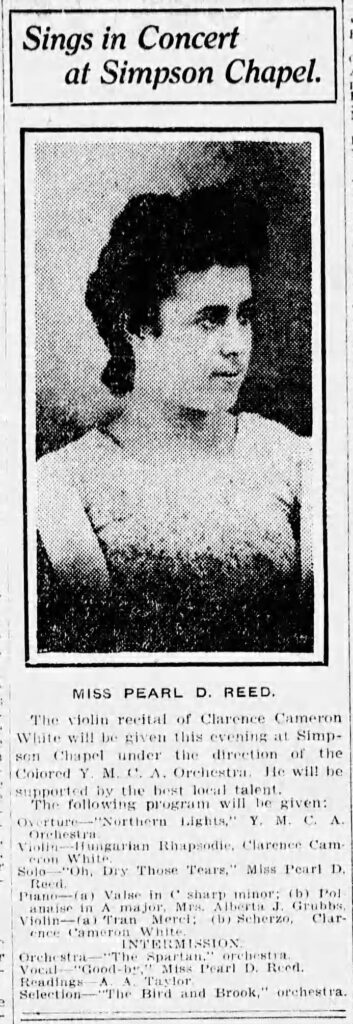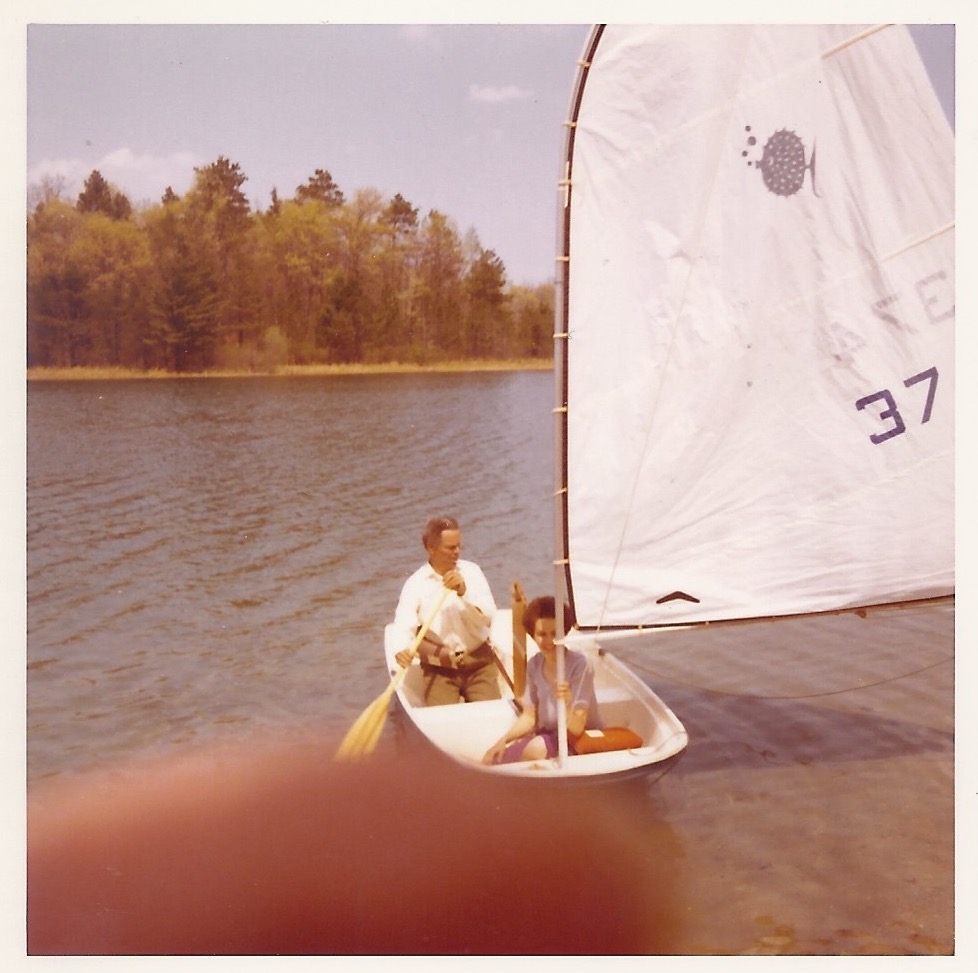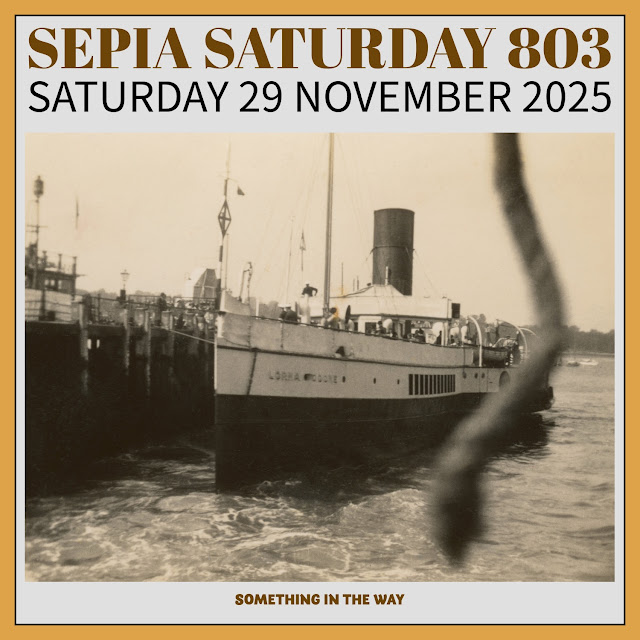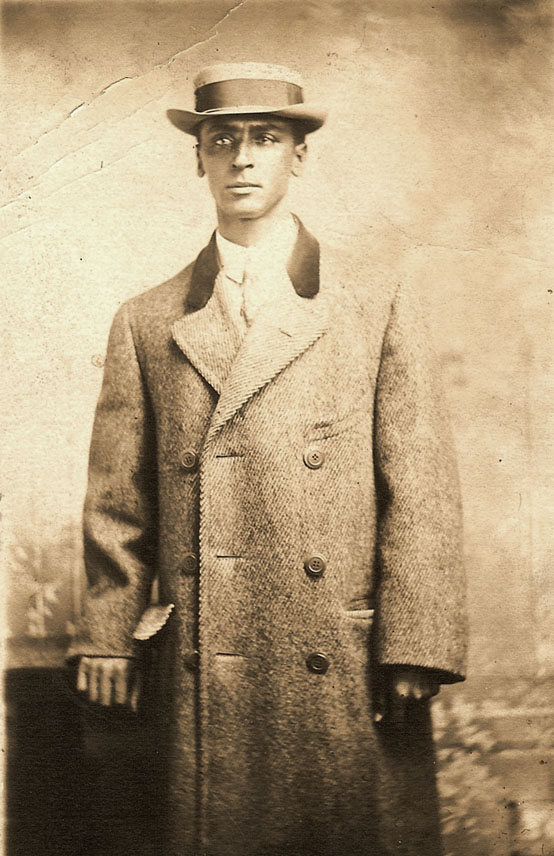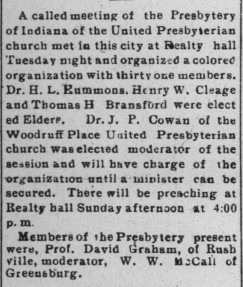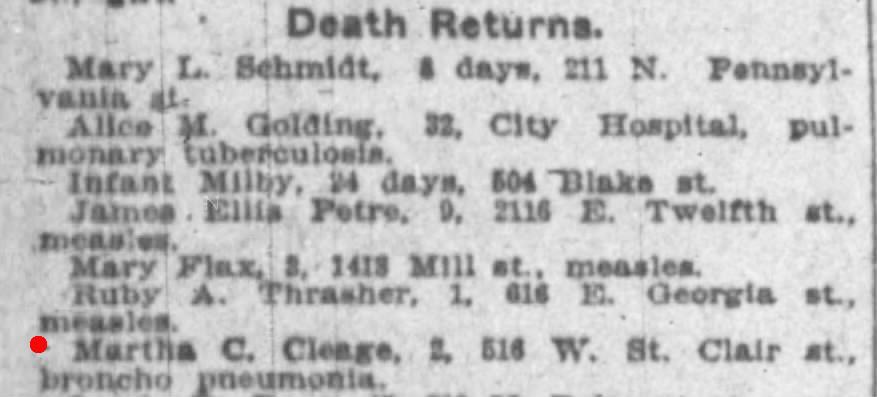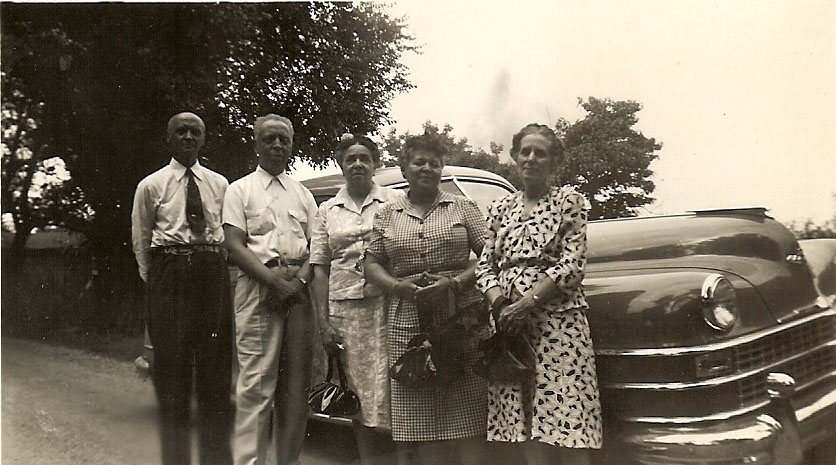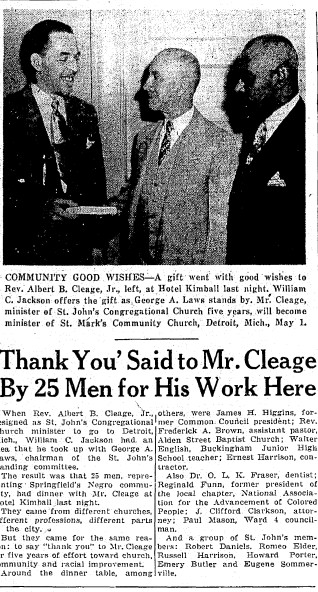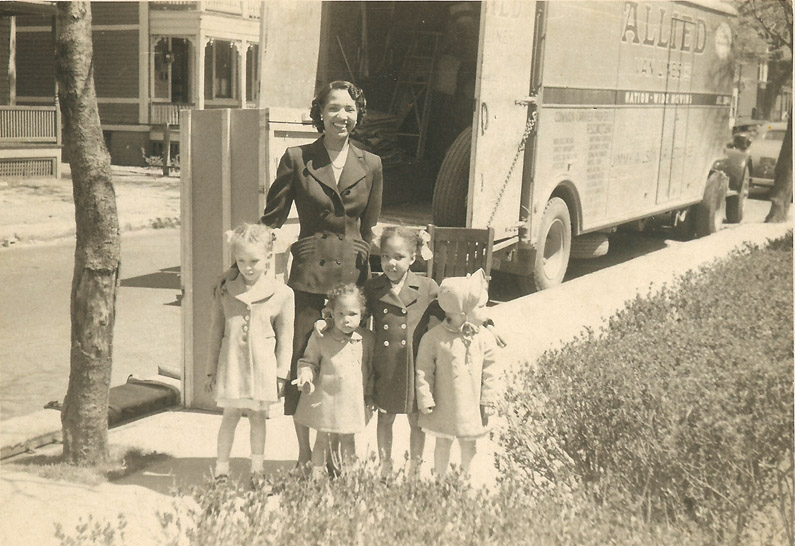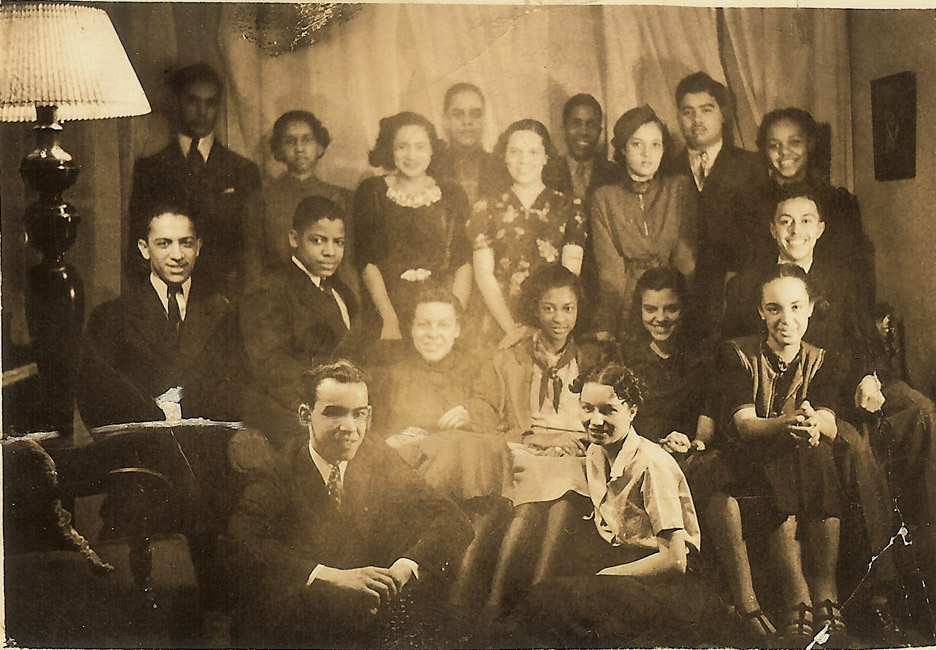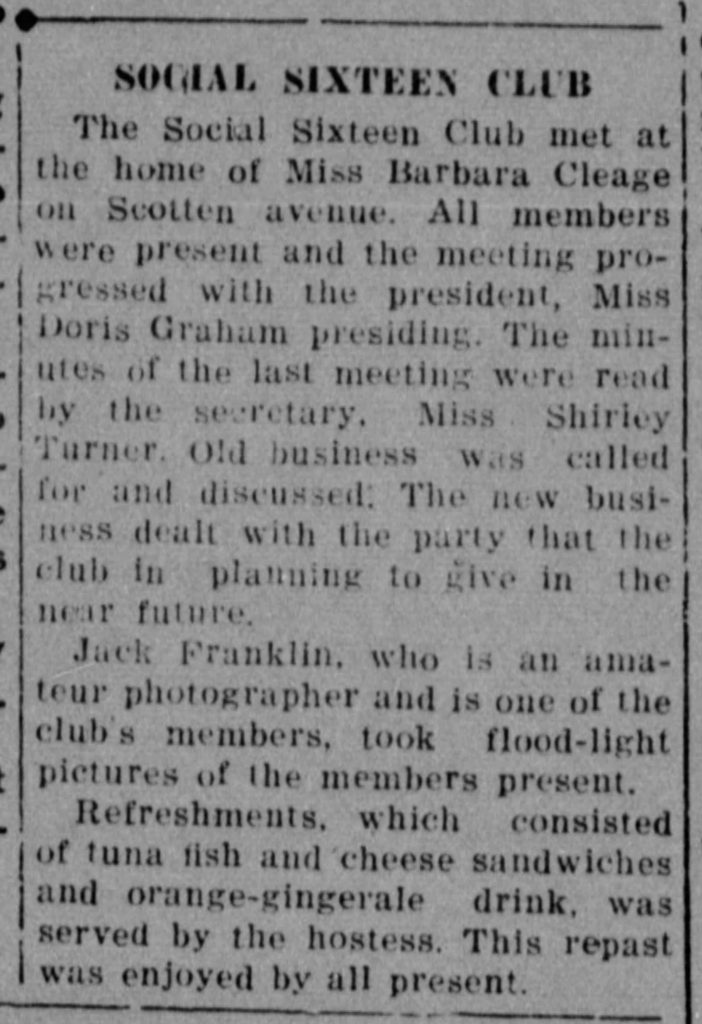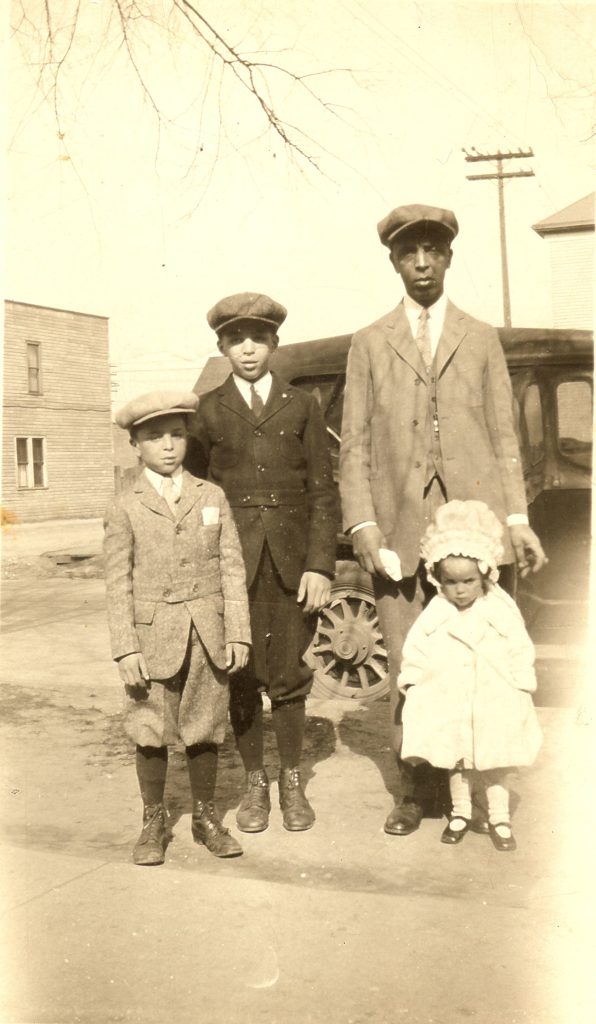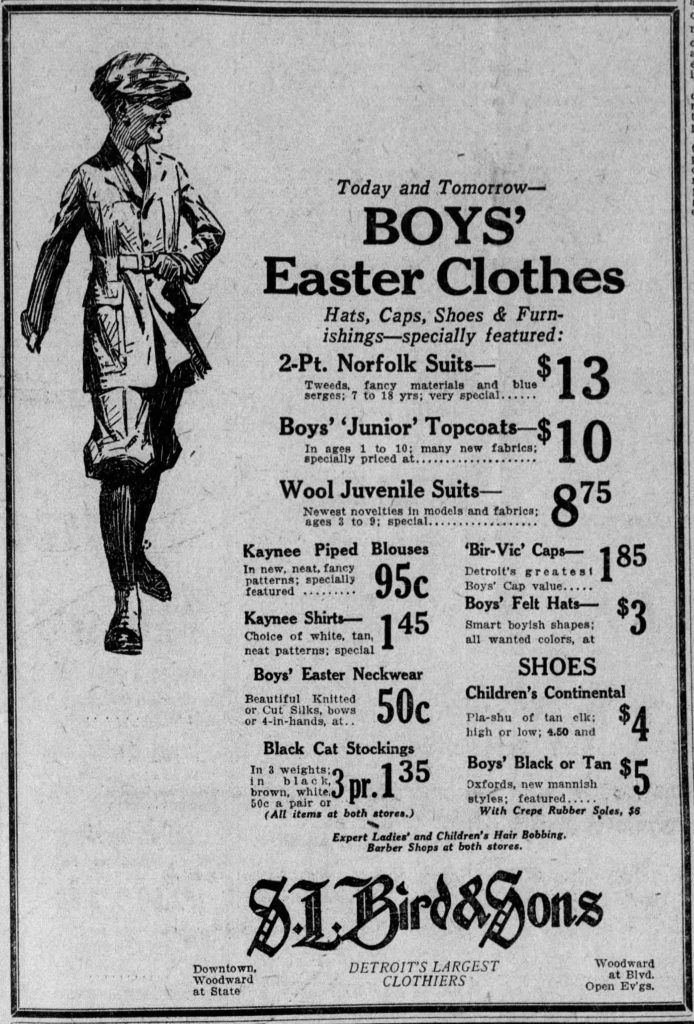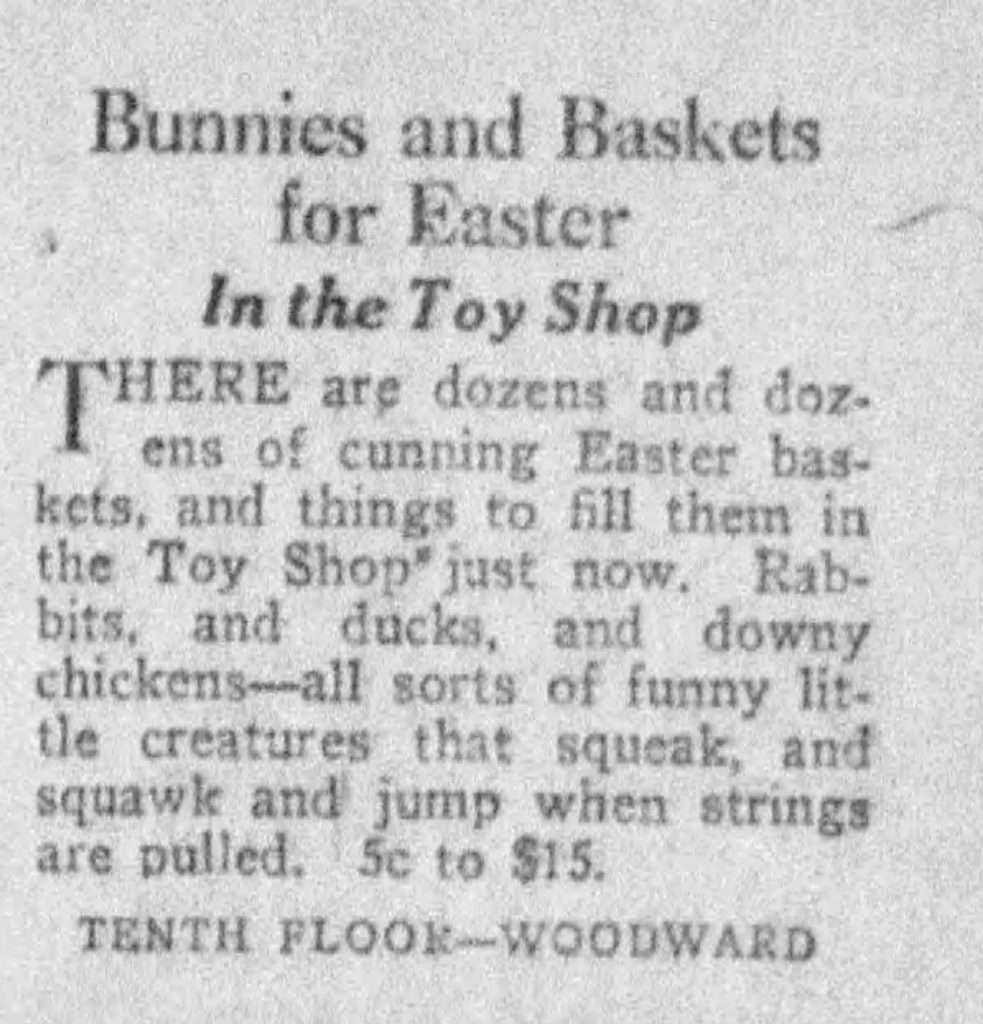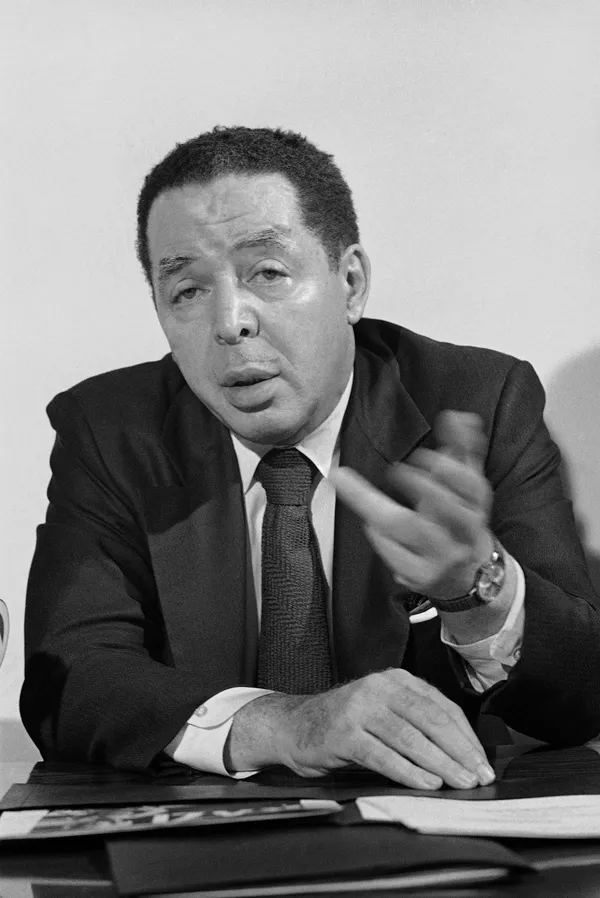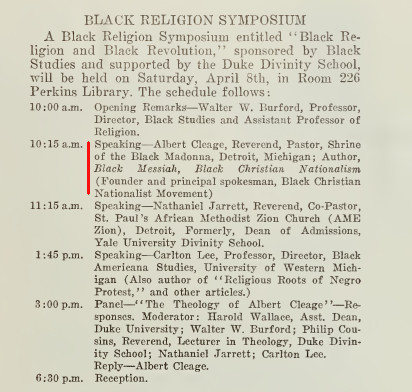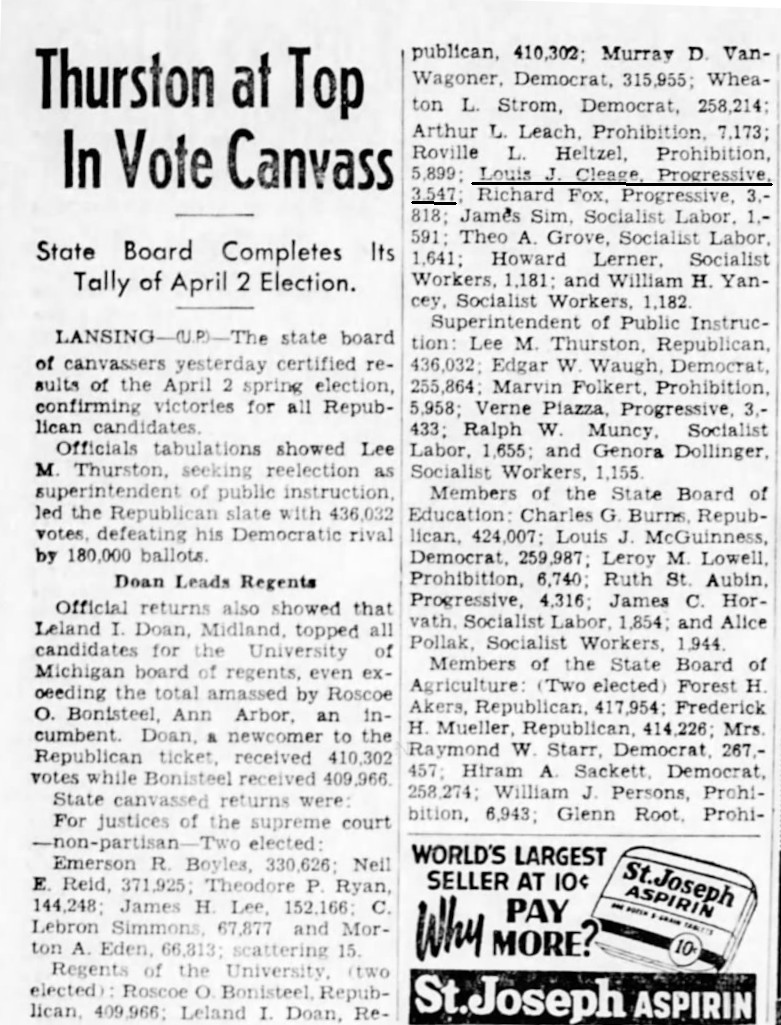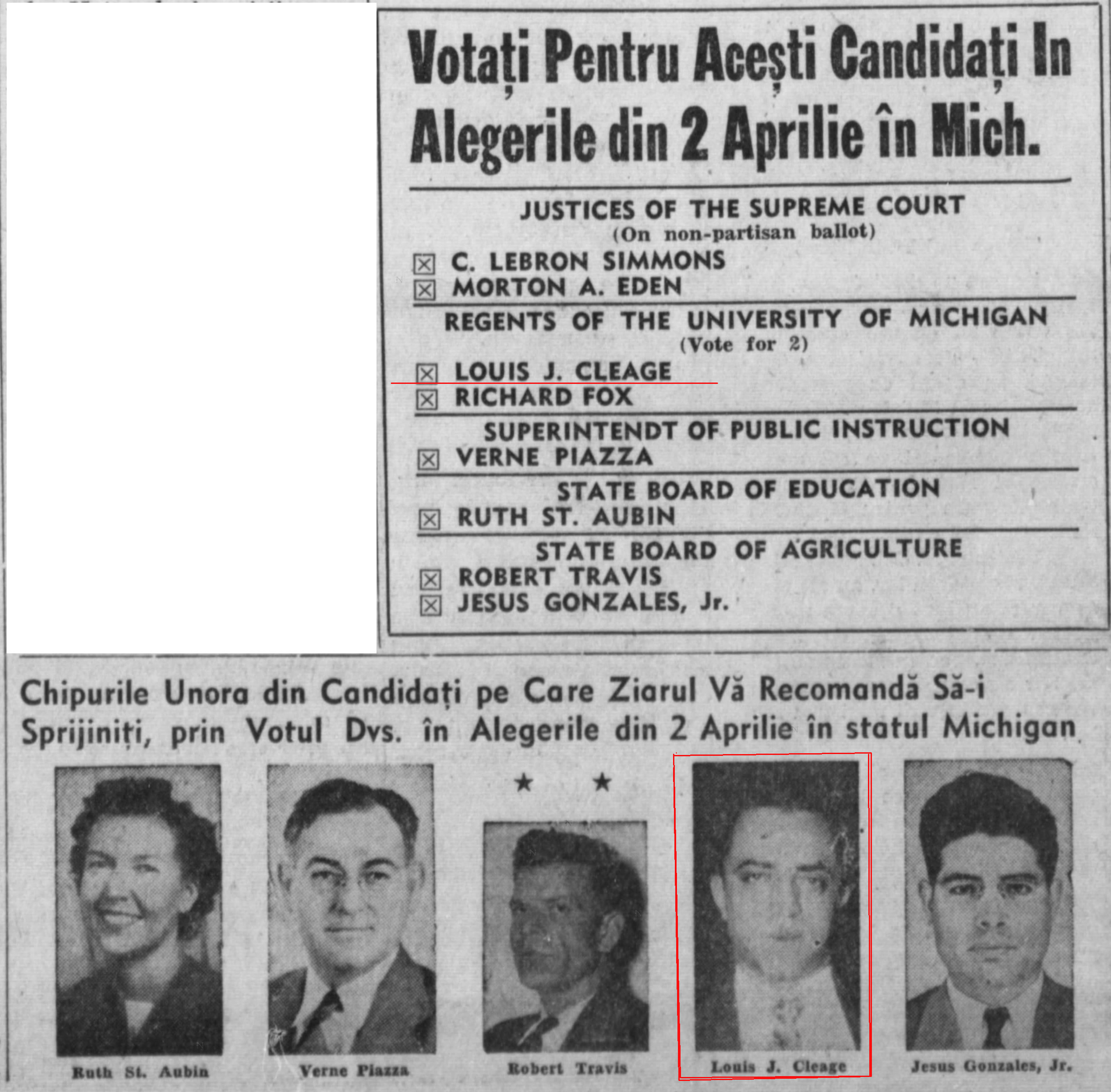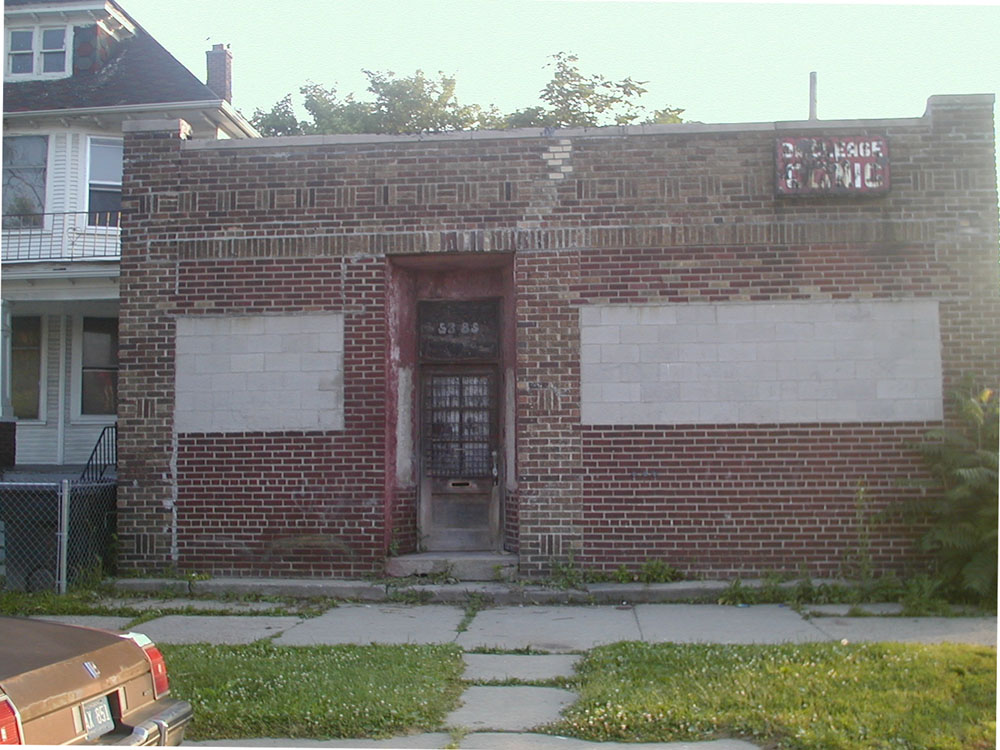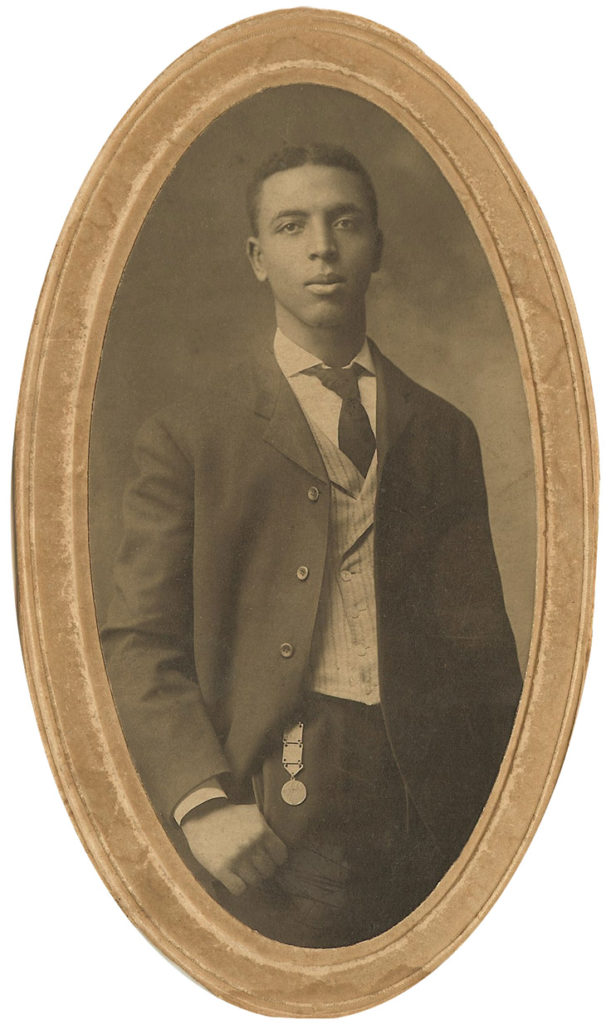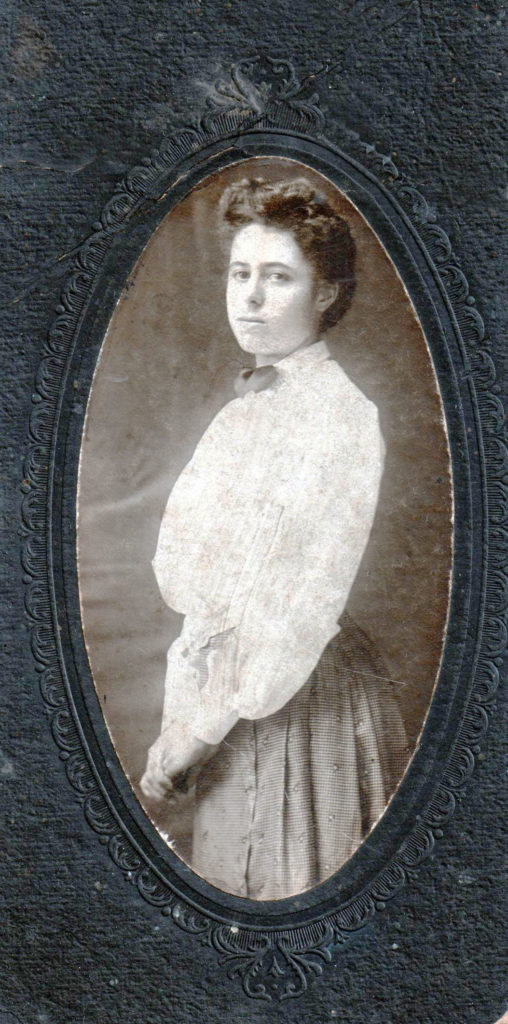This post includes both the article announcing the concert and a report written after the concert.
Sings in Concert at Simpson Chapel
The violin recital of Clarence Cameron White will be given this evening at Simpson Chapel under the direction of the Colored Y. M.C. A. Orchestra. He will be supported by the local talent.
The following program will be given:
Overture -“Northern Lights,” Y.M.C. A. Orchestra.
Violin–Hungarian Rhapsodie, Clarence Cameron White.
Solo- Dry Those Tears,” Miss Pearl D. Reed.
Piano–(a) Valse in sharp minor; (b) Polanalse in A major, Alberta J. Grubbs.
Violin-(a) ‘Tran Merci; (b) Scherzo, Clarence Cameron White.
INTERMISSION
Orchestra- The Spartan.” orchestra.
Vocal Miss Pearl D. Reed.
Readings- A. A. Taylor.
Selection- The Bird and Brook,” orchestra.
Clarence C. White’s Recital. The farewell appearance of. Clarence Cameron White, the colored violinist, prior to his going abroad to pursue further his study of the violin, drew a large audience to Simpson Chapel last night. Mr. White came under the auspices of the orchestra of the colored Y. M.C.A. which also contributed to the program. A pleasing feature of the program was the singing of Miss Pearl Reed. leading soprano of the Witherspoon Memorial church choir. Following is the program: Northern Lights,” Y. M. C.A. orchestra; Hungarian rhapsodie (violin), Clarence Cameron White; solo, “Oh, Dry Those Tears”, Miss Pearl D. Reed; piano, valse (a) sharp minor, (b) polonaise in A major, Mrs. Albert J. Grubbs: violin (a) Tran Merci, (b) Scherzo, Clarence Cameron White: vocal solo, “Goodbye,” Miss Pearl D. Reed: select reading, A. A. Taylor; selection, “The Bird and the Brook,” orchestra. The proceeds will be used for the purchase of a piano.
